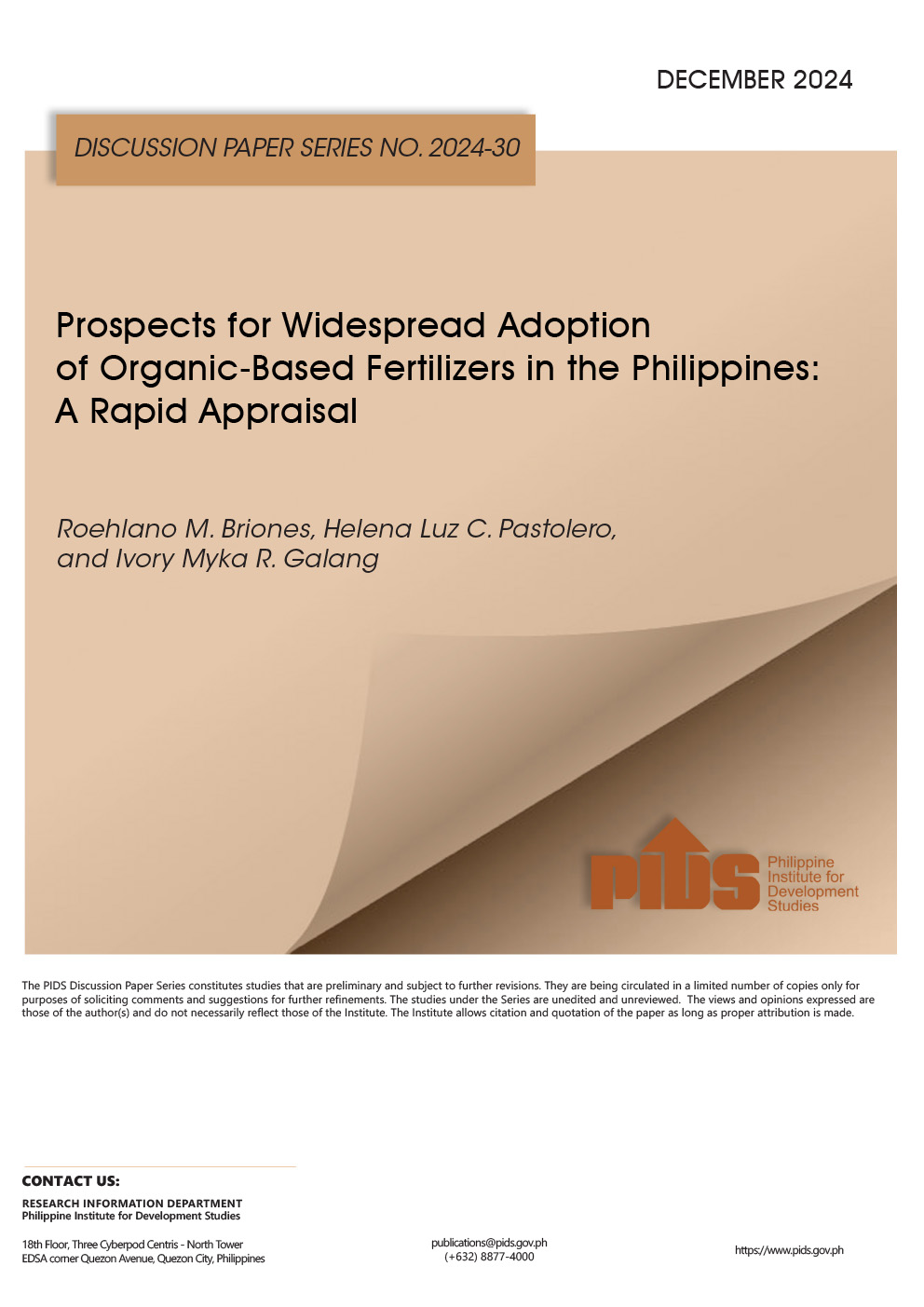THE national government raked in more tariff collections from rice imports in the first half, driven by weaker currency, higher import volume and elevated world market prices.
There is a flipside to that robust revenue, though: The national government’s resources are being depleted in favor of rice imports at a time when the peso is weak, according to a local economist.
Based on data culled by BusinessMirror, Ateneo de Manila University economist Leonardo Lanzona Jr. saw that the decline in rice imports reached 14 percent in January and as much as 45 percent in June.
“In January, a 9-percent increase in foreign exchange caused a 14-percent decline in rice imports. In June, a 7- percent increase in foreign exchange resulted in a 45-percent decline in imports. This only means that the government resources are being depleted by too much reliance on imported rice,” Lanzona said.
Philippine Institute for Development Studies (PIDS) Senior Research Fellow Roehlano M. Briones said, however, there is usually a time lag when it comes to the impact of weaker currencies on internationally traded commodities.
“The unit value is rising in 2023 because of increased world price. So far, importers have not reacted in terms of quantity but that’s because there is a lag. Peso indeed weaker on semester basis,” Briones said, partly in Filipino.
Customs data
Bureau of Customs (BOC) data published on its website showed that its rice tariff collections from January to June reached P13.583 billion, about 24 percent over the P10.976 billion it collected in the same period of last year.
Given the latest rice tariff collections, rice farmers are now assured of at least P3.583 billion in cash transfer as mandated by existing laws.
Under Republic Act 11598, rice tariffs collected in excess of P10 billion shall fund the state’s Rice Farmers Financial Assistance that provides cash assistance to eligible Filipino rice farmers.
BOC data analyzed by the BusinessMirror showed that the increase in rice tariff collections was driven by higher import volume and weaker peso. BOC data also showed that the higher rice prices in the world market contributed to the uptick in collections.
Rice import volume during the six-month period rose by 13 percent to 1.848 billion kilograms from 1.636 billion kilograms recorded in the first half of last year, based on BOC data.
BOC data showed the country’s currency weakened by 6.5 percent on an annual basis against the greenback.
For the first half, the exchange rate of the Philippine peso against the US dollar averaged at P55.28 from the P51.9 recorded exchange rate in the same period of last year, based on BOC data.
BOC data indicated that the value of rice shipments increased this year.
On a per metric ton basis, the average rice import value was estimated at P21,000 from P19,000 recorded last year. This means that a kilogram of imported rice was valued at an average of P21 in the first half compared to last year’s P19.17 average price.
The Customs bureau earlier cited the depreciation of the Philippine peso against the US dollar in increasing its overall tariff collections amid a drop in import volume of certain key commodities and items.
Weak peso, costlier rice
Meanwhile, both economists—Briones and Lanzona— agreed that a weaker peso makes imported rice more expensive.
This is significant since rice is the country’s staple and the Philippines is one of the largest importers of rice in the world.
Efforts to wean the country away from its dependence on rice imports, Lanzona said, requires greater market participation by Filipino farmers.
Lanzona said he is not pertaining to Kadiwa in these terms but to the available opportunities presented by digital technology to allow farmers to reach more buyers without the help of middle men.
“The only way is to put resources into the hands of farmers and to create a distribution system that allows farmers to transact directly with the consumers. Keeping middle men away from the product can reduce transaction costs. The more hands that touch the product before it reaches the consumers, the greater is the cost,” Lanzona said.
“I am not talking about Kadiwa. I am talking about reviving the pre-pandemic market of small retailers and allowing greater empowerment of farmers to market their product. This is now feasible given the digital technology if we have the creativity to harness its potential,” he stressed.
Earlier, National Statistician Claire Dennis S. Mapa said rice prices have been climbing since January 2023.
Rice inflation reached 2.7 percent in January 2023; 2.2 percent in February; 2.6 percent in March; 2.9 percent in April; 3.4 percent in May; and 3.6 percent in June.
Mapa also said all rice categories, regular- and well-milled as well as special rice prices in June 2023, all increased. Rice, the country’s food staple, is a water-loving crop.
Rice has a weight of 8.87 percent of the Consumer Price Index (CPI) of the All Households and 17.87 percent weight in the CPI of the Bottom 30 percent of Households.












